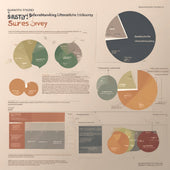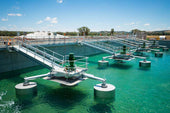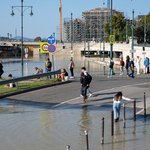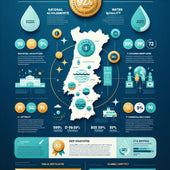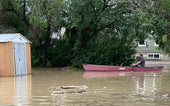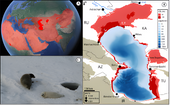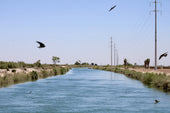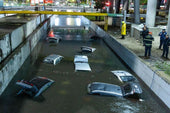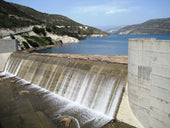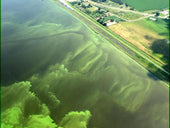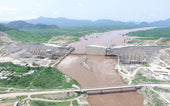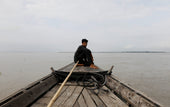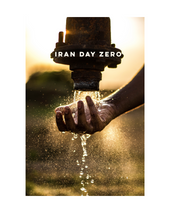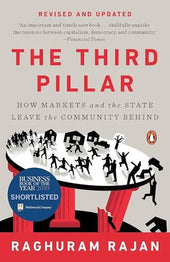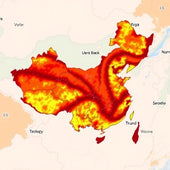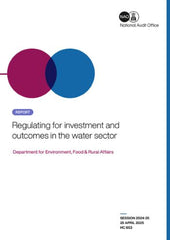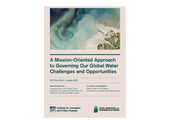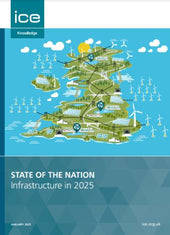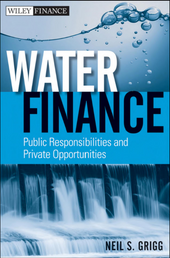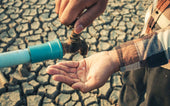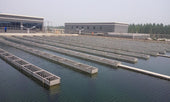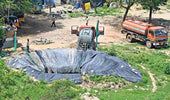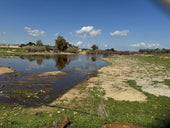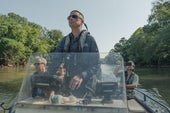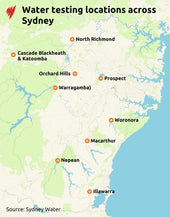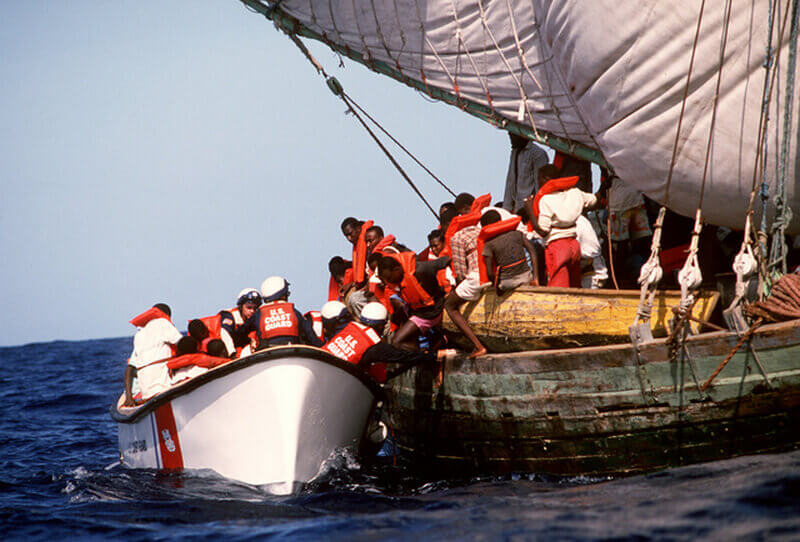
World Drowning Prevention Day: The grim truth about global migration
On July 25, we observe World Drowning Prevention Day, established by the United Nations to highlight the tragic consequences of water-related accidents and promote prevention strategies. Unfortunately, drowning is not only an issue affecting reckless holidaymakers – it is also the tragic fate of people forced to migrate due to hunger, persecution, or harsh living conditions. Each year, thousands of lives are lost to the water.
The Mediterranean Sea is one vast graveyard
In June 2011, at least 150 Libyan migrants drowned off the coast of Tunisia after their overloaded boat ran aground and capsized. A month earlier, a similar accident in the Mediterranean claimed around 600 lives – though the exact number remains unknown. In most cases, the boats used by migrants on their journey to a better life are in terrible technical condition, and the people operating them lack proper qualifications.
Senegalese migrants are also fleeing en masse to the global north after losing their livelihoods due to the collapse of local fisheries. In 2023, over 3,000 migrants died en route from Senegal to the Canary Islands – a route considered the world’s deadliest migration corridor. Those who didn’t drown died of hunger or dehydration, as the conditions on these journeys are inhumane. This year’s report from the Environmental Justice Foundation blames European and Chinese industrial fishing companies for the situation – their trawlers devastate African marine ecosystems and leave local communities without food or income.
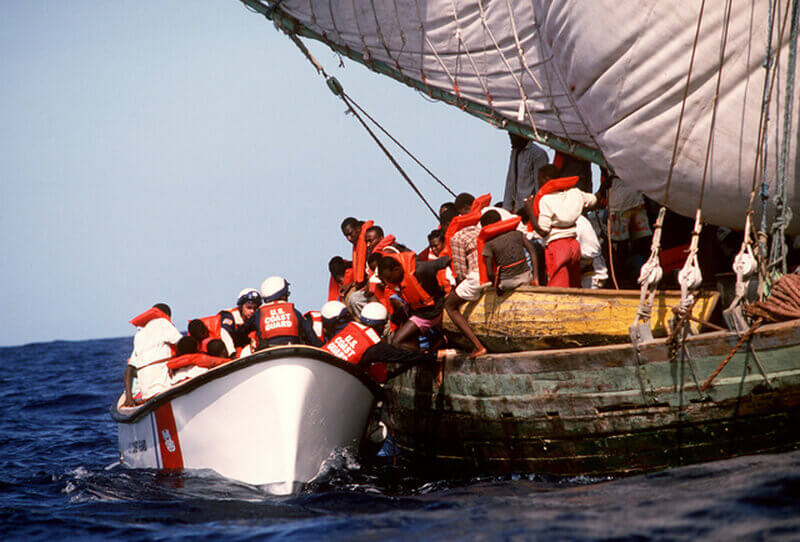
Migrants drown even at the Polish border
The International Organization for Migration (IOM) also documents the route from Somalia and Djibouti across the Red Sea to Saudi Arabia, known as the Eastern Corridor. Over 150,000 migrants from Yemen use it every year, but hundreds never reach their destination. There have been cases of smugglers throwing people overboard to lighten the boats. Entire families are among those fleeing, and children are among the victims.
Thousands have also drowned during crossings of the Atlantic, the Gulf of Aden, and the Bay of Bengal. Just in May of this year, two boat accidents claimed the lives of over 420 Rohingya refugees – a Muslim minority that has faced decades of brutal persecution and discrimination in Myanmar.
Tragedies also occur at the border between Mexico and the United States. Between 2020 and 2023, 33 people drowned trying to swim to San Diego along the Pacific coast. The Rio Grande, a border river, has also claimed many lives – between 2017 and 2023, more than 1,100 undocumented migrants died there, including women, children, and infants. Sadly, this year bodies of refugees attempting to cross from Belarus into Poland were also recovered from the Bug River.
World Drowning Prevention Day as a time for reflection
The IOM estimates that in 2024, at least 8,938 people have died while migrating – an all-time high. In over half of these cases, the cause of death was drowning.
The rising number of dead migrants reflects a modern reality in which populations from the global south are desperately trying to reach the north. We’ve already discussed this issue in the context of soil degradation, but the list of causes is much longer.
According to IOM representatives, one in three deaths during migration affects those most desperate – fleeing armed conflict and fearing for their lives and the lives of their families. Climate change and its consequences – floods, heatwaves, droughts, and famine – are another factor. Experts from the World Bank estimate that by 2050, more than 216 million people will be forced to leave their homes due to climate impacts.
Unfortunately, the growing pressure of migration from the south and resulting social tensions have led to increasing indifference among Europeans. Just a decade ago, the Italian government ran rescue operations for smuggler boat victims under the Mare Nostrum program. However, these efforts were discontinued, with officials citing concerns that such missions might encourage more smuggling.
Today, it is mostly non-governmental organizations that assist those drowning off Europe’s coasts. While many people express empathy for refugees, far fewer are willing to accept them in their immediate surroundings. Meanwhile, the scale of migration is not decreasing – on the contrary, all indications suggest it will continue to rise.
main photo: Daniel Barker U.S. Navy/picryl




